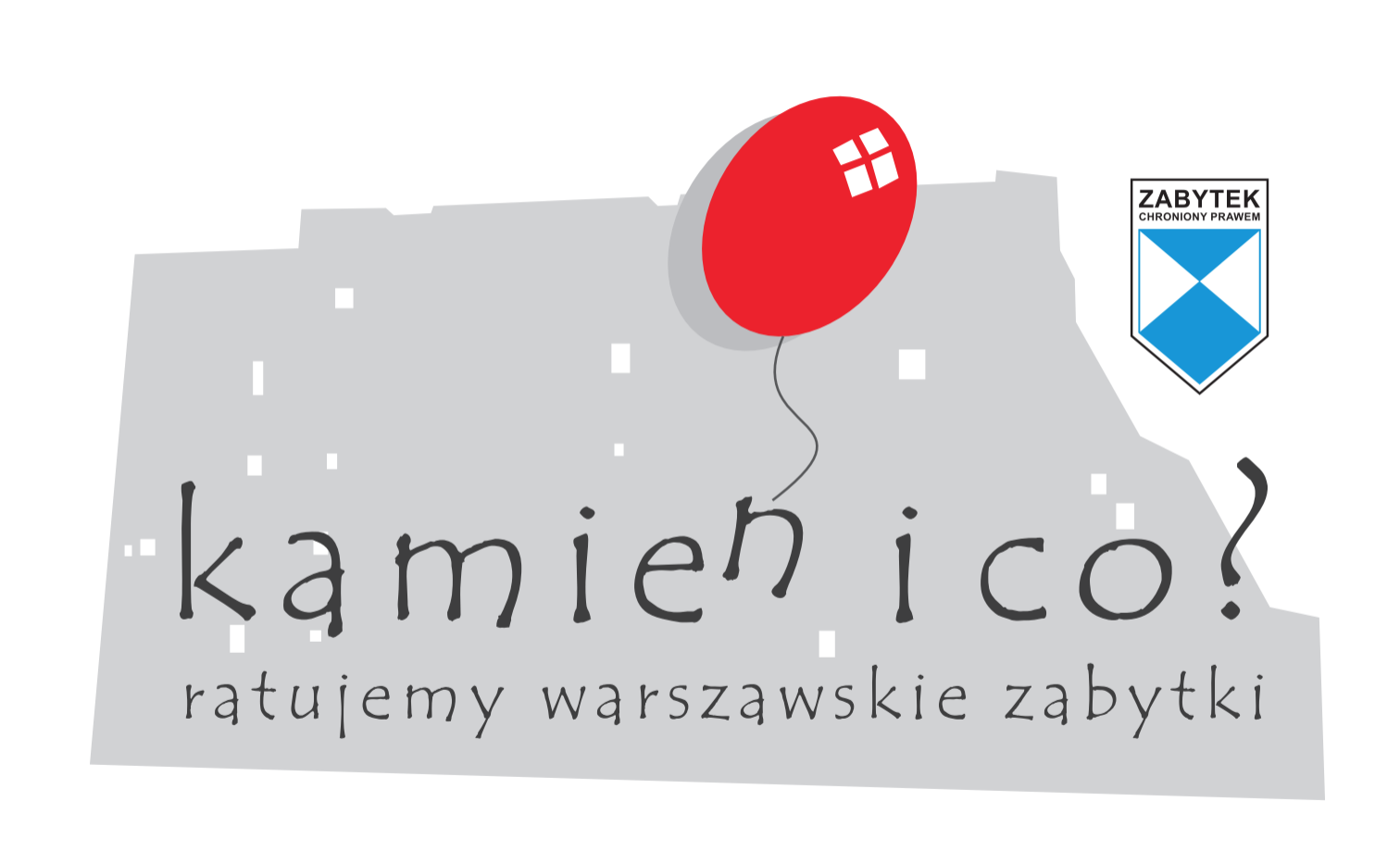
The Weinberg family apartment
66 Żelazna Street, on the corner of Krochmalna Street
The corner tenement house with the double address of 66 Żelazna and 46a Krochmalna Streets is one of the buildings in the Wola district that have survived the war and the post-war reconstruction of Warsaw, becoming witnesses to the city's history. In 2020, a commemorative plaque dedicated to Mieczysław Weinberg was placed on it.
Between the Wars
The Weinbergs moved to Warsaw during World War I, at a pivotal moment in the city's history. In 1915, Russian troops were evacuated, and Warsaw was put under German occupation. Shmuel Weinberg, who had been living in Łódź since 1914, succumbed to the prospect of profit and artistic perspectives and decided to move to the capital city.
In 1916, he rented an apartment in a new tenement house at 66 Żelazna Street. Although he was not yet 35 years old, he was already an experienced musician and artist: violinist, composer, and conductor of theatre orchestras. He was born in Kishinev, in an orthodox bourgeois family, and his father was an accountant. But he failed to persuade his son to follow in his footsteps. Shmuel had the soul of an artist – he taught himself to play the violin and was keenly interested in theatre. This is how he ended up in a travelling theatre troupe.
Perhaps after years of artistic wandering, Shmuel Weinberg hoped to find a haven and a well-paid job in Warsaw. The German administration, unlike the Russian one, not only tolerated but also supported Jewish theatres.
Mieczysław Weinberg's Family
My father vividly remembered my mother talking about the most wonderful experience in her life: visiting her brother in Warsaw
– reminisces Adela Gorfinkiel, the granddaughter of Shmuel's youngest sister. It is hard to say whether this recollection was associated with the tenement house at 66 Żelazna Street. The Weinbergs lived there at least until the mid-1920s. Later, they were hit by financial difficulties and were eventually forced to move. But before this happened, however, their magnificent corner tenement house saw the birth of their children: Mieczysław (b. 1919) and Estera (b. 1921).
Hardly anything is known about the composer's sister – only a few of her photos have been preserved. According to certain recollections, she also had musical talent and learned to play the piano. Similarly, Mieczysław's mother remains a mystery – in various documents and memories, she appears as Sura Dwojra Stern or Sara Kotlicka. Some sources say that she came from Kishinev, others that she was raised in Kielce. Perhaps she was also associated with the Jewish theatre.
Historical Tenement House
The building at the intersection of Żelazna and Krochmalna Streets still stands today, but it is hard to imagine what it could have looked like when the Weinbergs moved in. Currently a neglected vacant building, a hundred years ago it was new and elegant, as evidenced by the remnants of late Art Nouveau decoration. Its former splendour may be evidenced, for example, by the decorations in the porte cochère. Emerald and navy ceramic tiles are still visible on the walls, and the ceiling is decorated with sophisticated mouldings. Art historians describe decorations of this type as a manifestation of Viennese influences.
The tenement house, built according to the design by Henryk Spiegelman, was erected in 1911, only five years before the arrival of the Weinbergs. The investor Chaim Gerkowicz, who first bought the property from a family of factory owners named Levy, ordered the demolition of existing buildings and the construction of a tenement house.
It was an excellent place for profitable business for a tenement house owner – it was located approximately halfway down the former Krochmalna Street: overcrowded, overpopulated, but set in the centre of a commercial and industrial district.
During World War II, the tenement house was located inside the small ghetto. During the Warsaw Uprising, the roof and some of the apartments burned down, and there are still traces of bullets in the repeatedly shelled façade. However, as is the case with Anna Koźmińska's tenement house (64 Żelazna Street), this building was not demolished after the war. It was not dismantled in the 1960s, either, when investments in the "Osiedle za Żelazną Bramą" housing estate were implemented around the intersection of Krochmalna and Żelazna Streets: huge high-rise blocks (sixteen-storey residential buildings with 300-420 flats), as well as schools, service pavilions and green areas for residents.
However, just after the war, the entire area of the former ghetto was called the Warsaw "Wild West", a dangerous place infested with crime. It is at the intersection of Krochmalna and Żelazna Streets that the seedy protagonists of Leopold Tyrmand's Zły (The Man With White Eyes) appear.
Standing in front of Mieczysław Weinberg's tenement house today, we look at the composer's lost house, misplaced among the glass skyscrapers of Warsaw city. Recently, if you stop there, you will encounter a plaque commemorating the birthplace of an outstanding composer and a Warsaw citizen. This is one of the first steps taken by activists associated with the Mieczysław Weinberg Institute to bring Mietek back to his beloved city. The tenement house, although currently in a deplorable state, is an important witness to the pre-war history of the city, its inhabitants, working-class Wola, and Jewish Warsaw.








